
Effective skill trees aren’t just about getting stronger; they subtly guide players to understand a game’s mechanics, encourage experimentation with different strategies, and make each level gained feel impactful. The following examples, drawn from action, role-playing, and open-world games, showcase how developers integrate character progression into meaningful and adaptable choices. For each game, we’ll look at how the skill tree is organized, what it allows you to unlock, and whether you can reset or diversify your skills without losing progress. We’ve also included the development studio behind each system, so you can appreciate the team that designed the experience.
‘The Elder Scrolls V: Skyrim’ (2011)

In ‘Skyrim’, character skills are developed through a system resembling constellation trees. Each skill has ‘perks’ – special abilities – that become available as you use the skill and unlock previous perks. When you level up, you earn points to spend on these perks, improving things like combat, magic, crafting, and sneaking. Each skill tree offers a clear path for improvement, with some choices along the way. You can also find Standing Stones and trainers that boost your skills and offer additional benefits. ‘Skyrim’ was created by Bethesda Game Studios.
‘Path of Exile’ (2013)
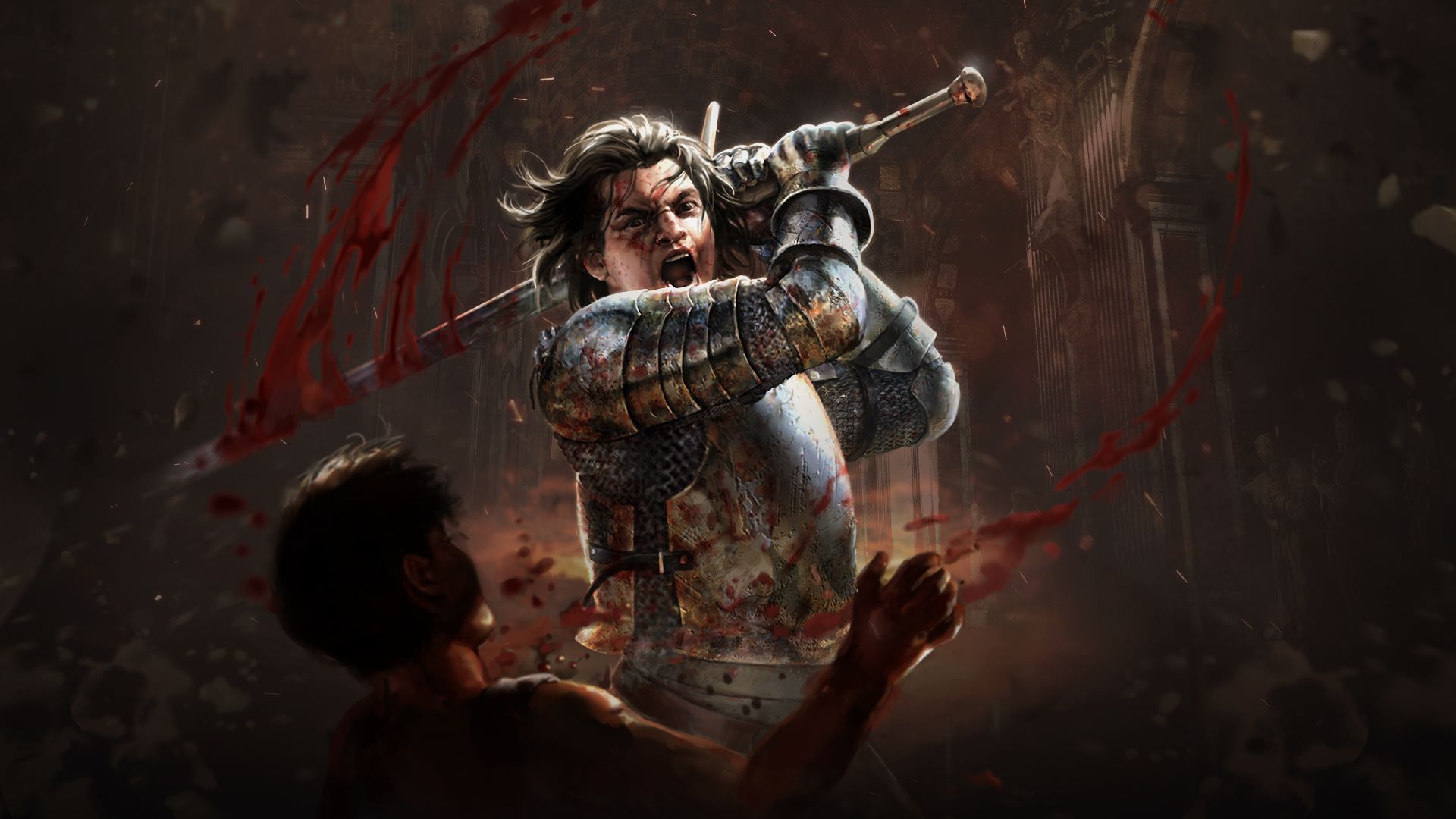
In ‘Path of Exile’, players customize their characters using a huge shared skill tree. While each class starts in a different area, they can develop their character in almost any direction. You earn skill points by leveling up and completing quests. Active abilities come from gems that you slot into your equipment, creating powerful combinations with your passive skills. After completing challenging Labyrinth trials, players can choose an Ascendancy class, which provides even more specialized skills. Grinding Gear Games developed the game.
‘Borderlands 2’ (2012)
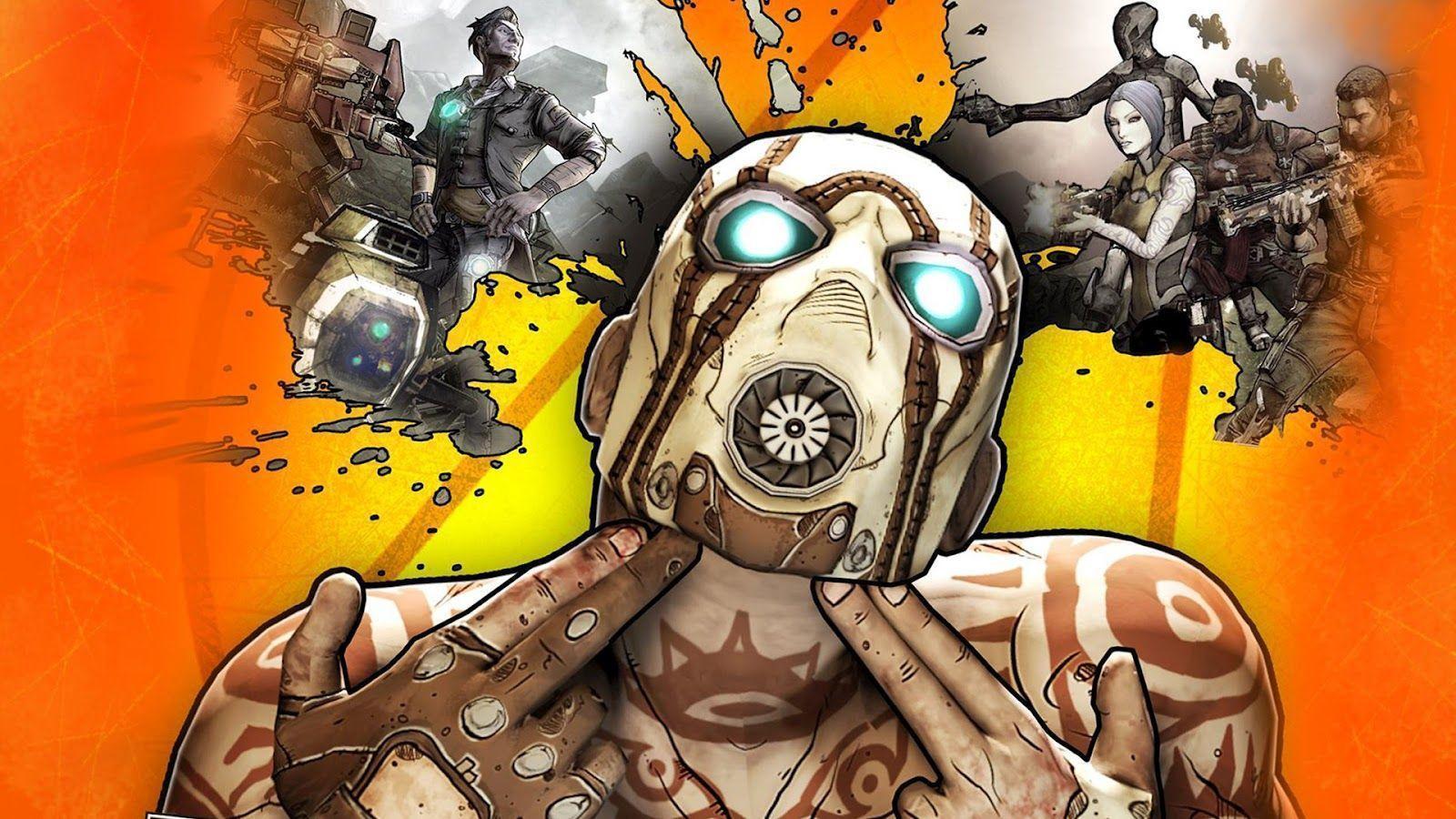
In ‘Borderlands 2’, each character class has three skill trees filled with abilities you unlock as you level up. At the end of each tree is a powerful, defining skill. You earn skill points with each level and can reset your choices at any time for a small cost, letting you try out different builds. The skills you choose, combined with the gear and class mods you find, let you really focus on a specific playstyle, like taking out groups of enemies or dealing massive critical damage. The game was created by Gearbox Software.
‘The Witcher 3: Wild Hunt’ (2015)
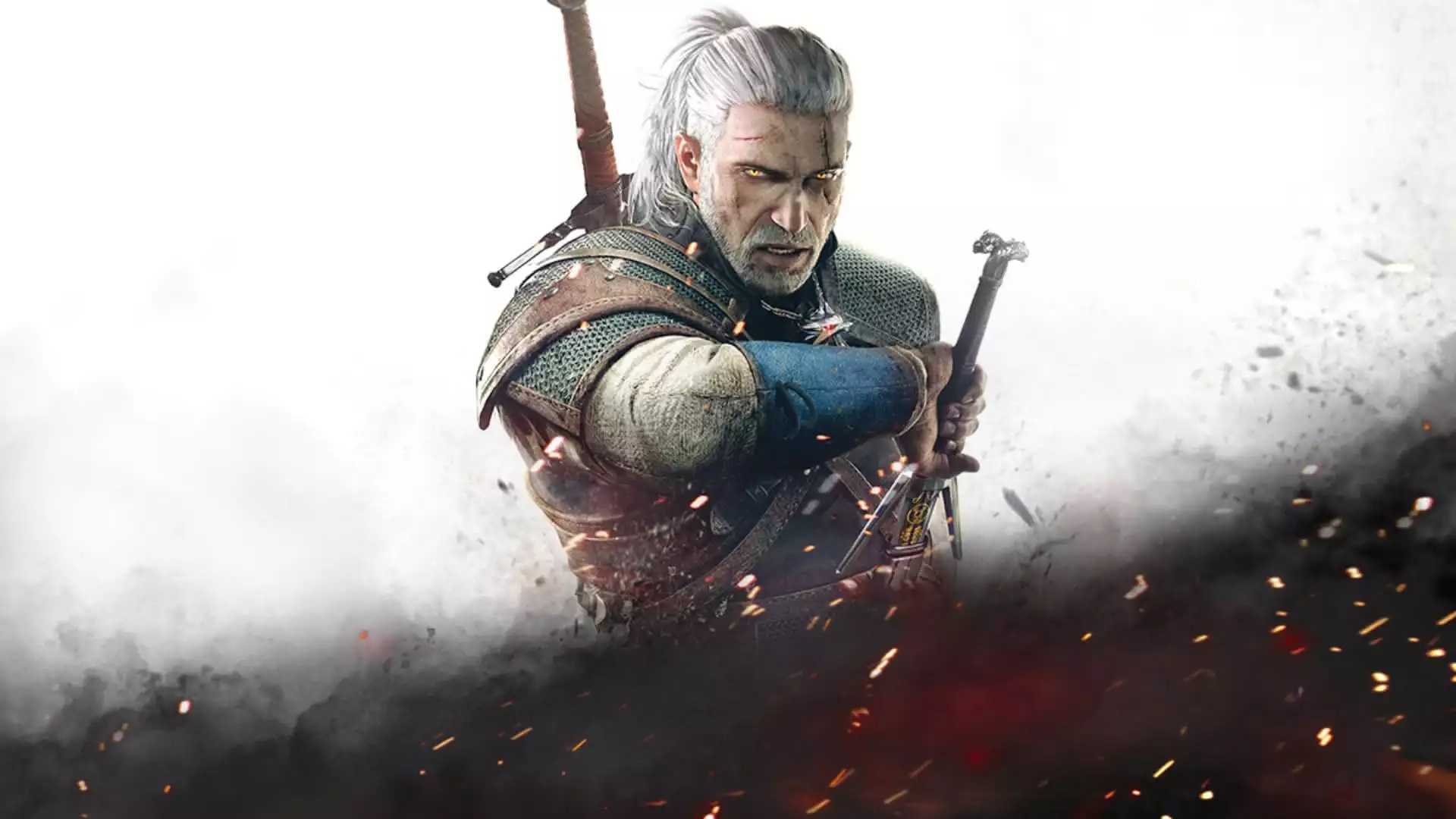
In ‘The Witcher 3’, you can develop your character’s skills in combat, magic (Signs), and potion-making (Alchemy). Skills are unlocked in a specific order and require you to reach certain levels. Mutagens, which are like bonus items, can further enhance these skills, especially if they match the skill’s color, creating powerful combinations. If you want to completely change your character’s build, you can complete a quest in Novigrad to obtain a potion that allows you to reset your skills at any time. The game was created by CD Projekt Red.
‘Middle-earth: Shadow of Mordor’ (2014)

As I played through ‘Shadow of Mordor’, I leveled up in two main ways: as a Ranger and as a Wraith. Each path unlocked cool new abilities – things like brutal executions, sneaky stealth moves, and the power to dominate enemies. What was really smart was how the upgrades tied into the story and the Nemesis system. I didn’t just get stronger, but the enemies got smarter and more challenging too! I could also find runes and branding upgrades to really mess with the Uruk ranks and exploit their weaknesses. Monolith Productions did an awesome job with the whole system, honestly.
‘Horizon Forbidden West’ (2022)
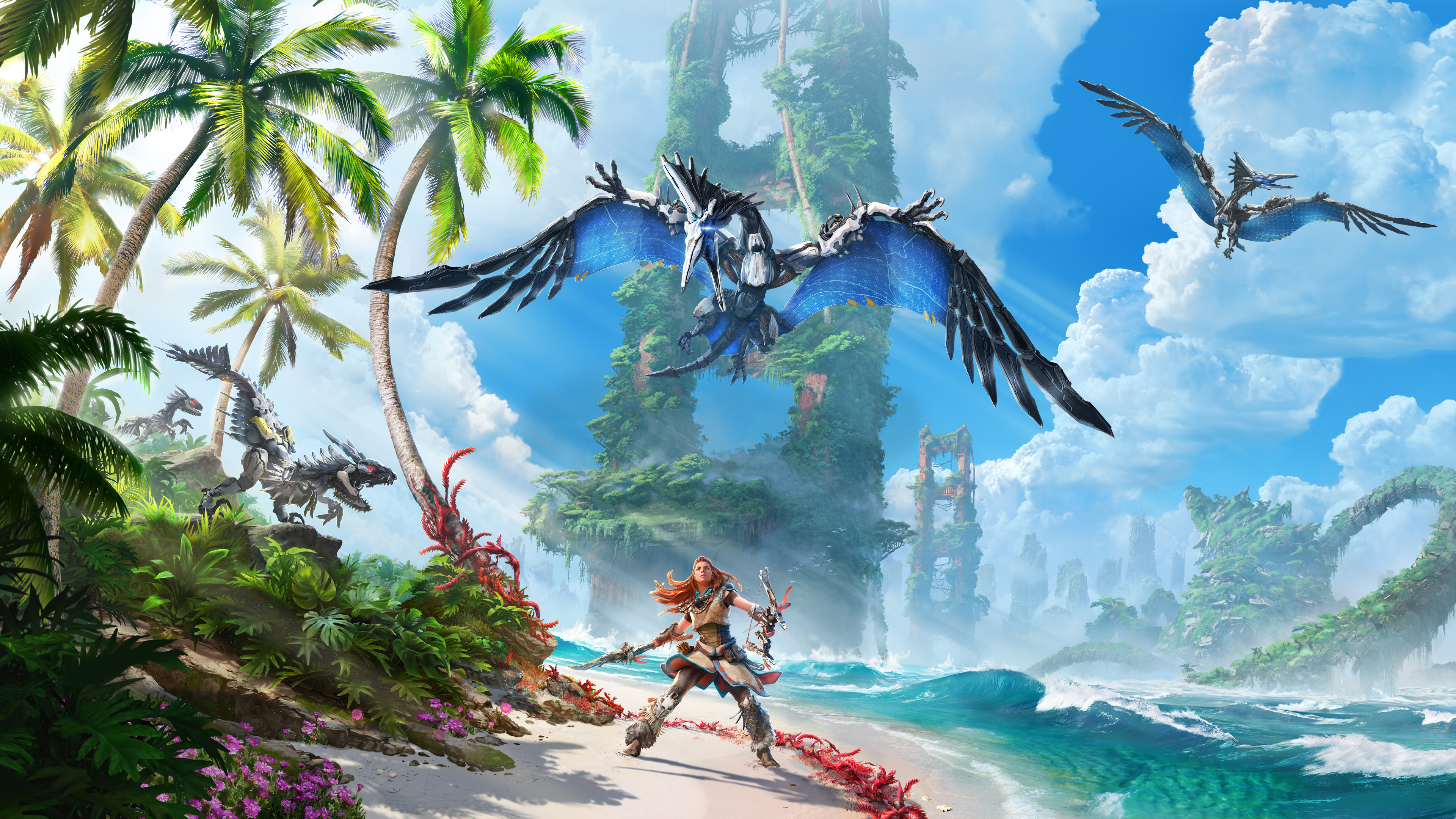
In ‘Horizon Forbidden West,’ you can develop Aloy’s skills through six different specializations – Warrior, Trapper, Hunter, Survivor, Infiltrator, and Machine Master. Each specialization has powerful abilities you can unlock at various points. You earn skill points by leveling up and completing activities, and you’re free to mix and match skills from different specializations. This system is closely linked to the armor and weapons you use, encouraging you to create a customized playstyle. Guerrilla Games developed this expansive open-world adventure.
‘God of War’ (2018)

In ‘God of War’, you can upgrade Kratos’s weapons – the Leviathan Axe, Blades of Chaos, and shield – separately, each with its own unique skill trees that unlock new attacks and abilities. You earn experience through battles and quests to power up these upgrades. Improving your gear and learning runic attacks also work with your skills to give you even more combat options. If you want to change your upgrades, you can get your money back and re-allocate them without needing to fully reset. Santa Monica Studio developed this new version of the game.
‘Assassin’s Creed Valhalla’ (2020)

Okay, so the skill tree in Valhalla is HUGE. It’s broken up into three main sections – Bear, Wolf, and Raven – and you unlock stuff like stat boosts and powerful new abilities as you level up. At first, a lot of the tree is hidden, but as I played, more and more paths opened up, letting me really focus on building my character how I wanted – whether that was a strong melee fighter, a ranged damage dealer, or a sneaky stealth build. Plus, I could find ability books hidden throughout the world that added even more active skills to go with all the passive perks. Just so you know, Ubisoft Montreal developed the game.
‘Cyberpunk 2077’ (2020)

After a major update, ‘Cyberpunk 2077’ simplified its perk system. Perks are now organized into clear categories linked to character stats like Reflexes and Intelligence, and special ‘keystone’ perks can dramatically change how you play. You earn perk points by leveling up and finding items in the game. Increasing your attributes unlocks more advanced perks. The game also lets you completely reset and rebuild your perk choices, and the cyberware you equip works closely with the perks you select. ‘Cyberpunk 2077’ is an open-world RPG created by CD Projekt Red.
‘Star Wars Jedi: Survivor’ (2023)

As a huge fan, I’m really excited about how ‘Jedi: Survivor’ lets you build Cal exactly how you want! Instead of just one skill tree, it’s broken down into three – one for your Lightsaber skills, one for the Force, and one for general survival stuff. And it gets even better! Each Lightsaber fighting style, like using two blades or a Crossguard, has its own branches within those trees. You earn skill points by fighting and exploring, and the coolest part is you can reset them at meditation spots if you want to try a totally different build for a specific fight. Plus, you find these ‘Perks’ hidden throughout the world that add even more unique abilities to your skills, but you have to choose carefully because you don’t have unlimited space for them. Respawn Entertainment did an amazing job with this!
‘Sekiro: Shadows Die Twice’ (2019)

Sekiro features hidden texts that let you unlock new abilities for your character, including combat moves and upgrades to your prosthetic arm. You earn points by gaining experience, and use these points to unlock these abilities. These upgrades can be active combat techniques, or passive boosts to your stats. The prosthetic tools and skill upgrades work together, allowing you to customize your fighting style and effectively counter different enemies. The game was developed by FromSoftware.
‘Dragon Age: Inquisition’ (2014)

Inquisition’s classes are highly customizable, with several skill trees to explore. As you level up, you earn points to unlock and improve both active and passive abilities, which can evolve into even more powerful forms. The game features a robust crafting system, and your skill tree choices work together with those of your teammates. BioWare developed this RPG.
‘Grim Dawn’ (2016)
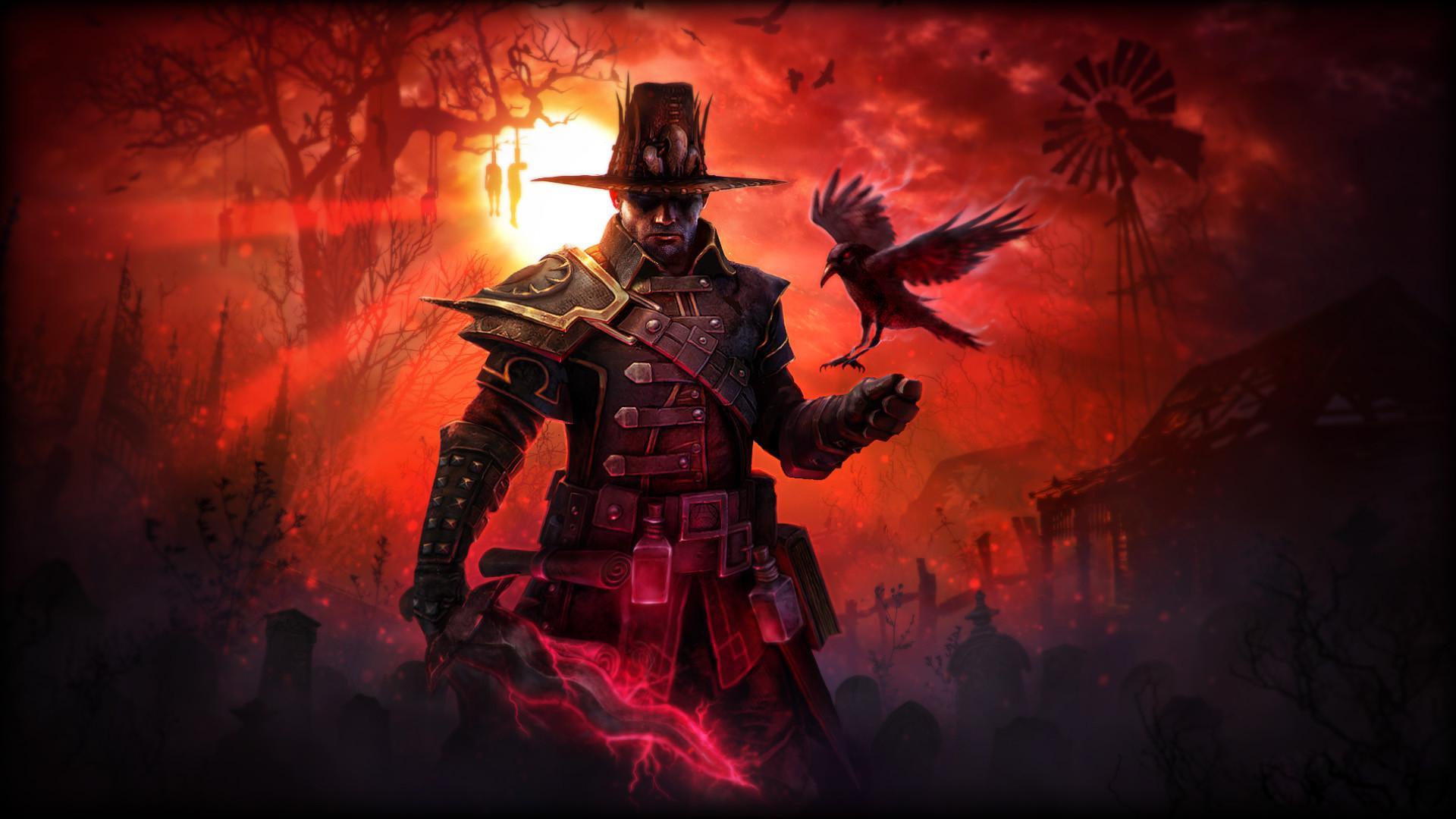
Grim Dawn lets you customize your character with both skill trees and mastery bars. By investing in a mastery, you unlock more powerful skills and ways to modify them. You can even combine two masteries – dual-classing – to create unique hybrid builds, further enhanced by devotion constellations that add passive benefits and special effects. Don’t worry about making mistakes, though – the game allows you to reset your skill and devotion points while keeping your mastery choices intact. This action RPG was developed by Crate Entertainment.
‘Diablo IV’ (2023)
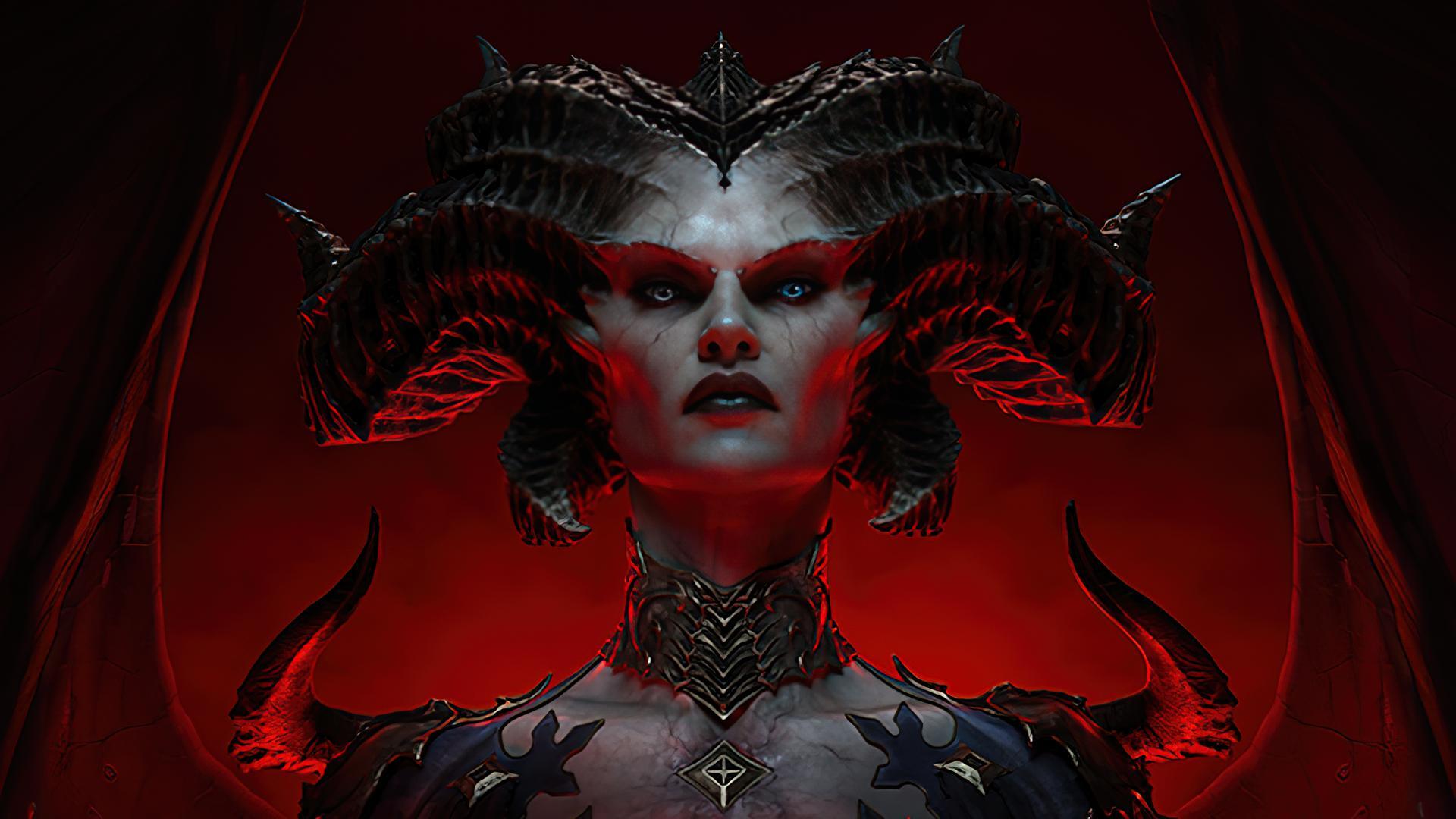
In ‘Diablo IV’, each class has a skill tree divided into sections like basic skills, core abilities, defensive maneuvers, and powerful ultimate moves, culminating in strong capstone abilities and essential passive skills. You earn skill points by leveling up and completing renown activities, and you can freely reset and change your skill choices using gold to experiment with different builds. Progression continues beyond the main skill tree with legendary aspects and Paragon Boards, which offer glyph sockets and allow you to customize your character even further. Blizzard Entertainment developed the game.
‘Final Fantasy X’ (2001)

In ‘Final Fantasy X’, character progression is managed through the Sphere Grid, a network of nodes. Players use sphere items to move through this grid, increasing stats and learning new abilities. Characters begin on paths suited to their class, but can customize their development by unlocking alternate routes. Later versions of the game (International and HD) include an ‘Expert Grid’ offering even more freedom in character builds and starting positions. The game was created by Square, which is now known as Square Enix.
‘Final Fantasy XII: The Zodiac Age’ (2017)
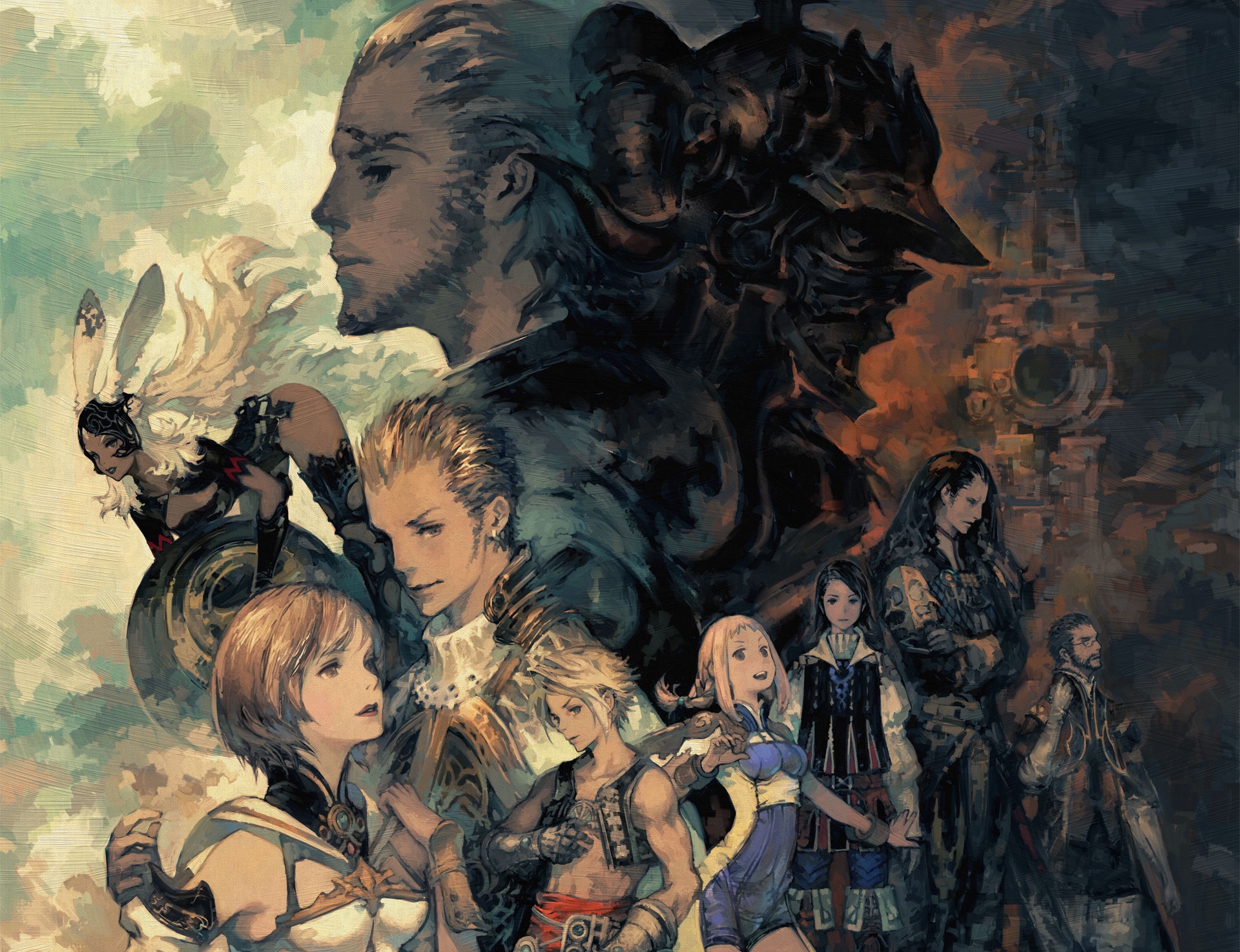
As a huge fan, I’m really excited about how they revamped the License Board in ‘The Zodiac Age’! Now, each character can pick two jobs, and each job has its own unique grid to explore. You earn LP through battles, and use that to unlock new gear, abilities, and spells. It’s awesome because you can really customize your characters! Plus, there’s a limited number of spots for quickenings and espers, so you have to think strategically about what you want to equip. The best part is the dual-job system – it lets you create some really powerful and complementary builds for your whole party. Square Enix did an amazing job with this remastered edition!
‘Marvel’s Spider-Man’ (2018)

In ‘Marvel’s Spider-Man,’ you improve Spider-Man’s abilities using three skill trees – Innovator, Defender, and Webslinger. These let you unlock new gadgets, extend your combos, and enhance how you move around the city. You earn skill points by leveling up and completing missions. You can also customize your combat style by pairing suit mods with your chosen skill tree. The game encourages players to unlock movement abilities first, allowing them to reach hidden tokens and better gadgets. Insomniac Games developed this superhero adventure.
‘Tom Clancy’s The Division’ (2016)

In ‘The Division,’ improving your Base of Operations is key to becoming more powerful. You upgrade three main wings – Medical, Tech, and Security – and each upgrade unlocks new skills, modifications, and talents. Completing missions earns you the resources needed for these upgrades. Once unlocked, you gain both active abilities you can use in combat and passive bonuses that always help you. On top of this core system, you can further customize your character with gear sets and recalibration. This game was created by Massive Entertainment.
‘Tomb Raider’ (2013)

The latest ‘Tomb Raider’ game lets Lara Croft learn new skills in two main areas: Survival and Combat. She earns experience points by exploring and fighting, which she uses to unlock abilities like scavenging, crafting, and improved combat moves. Skills are upgraded in tiers – you need to unlock several levels of a skill before moving on to the next one, and this often happens as you progress through the story. Finding optional tombs and completing challenges gives you even more experience points to speed up your progress. Crystal Dynamics developed the game.
‘Assassin’s Creed Odyssey’ (2018)
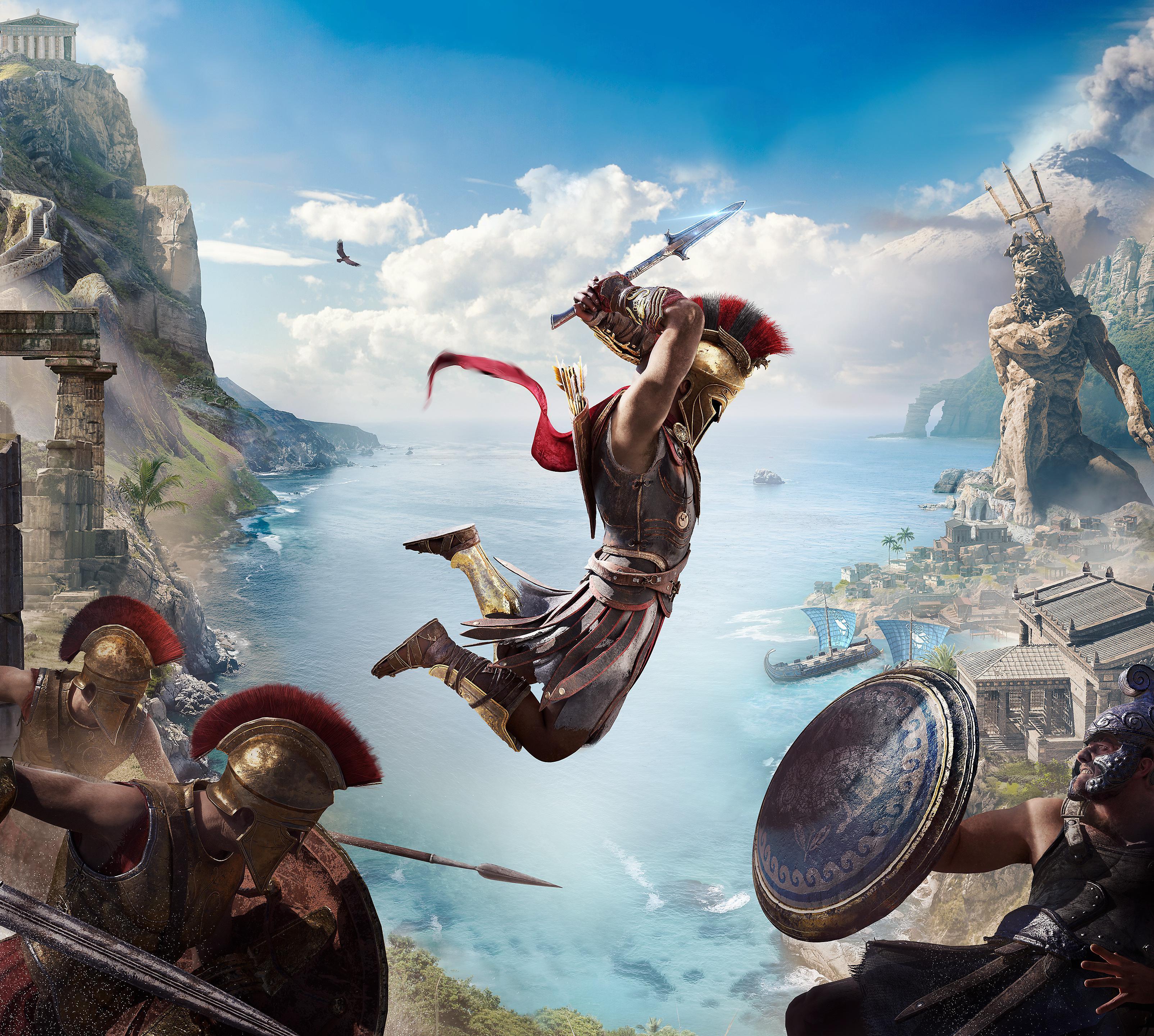
In ‘Odyssey’, you can specialize in three different playstyles – Hunter, Warrior, or Assassin – each with unique abilities controlled by shortcuts and improved as you progress. You earn ability points by leveling up, and can easily change your specialization through a menu if you want to try a different approach. Your abilities are also enhanced by engravings and gear, letting you focus on ranged combat, close-up fighting, or stealth. This expansive open-world game was created by Ubisoft Quebec.
Share your favorite skill trees—and the builds you swear by—in the comments!
Read More
- EUR TRY PREDICTION
- UPS’s Descent in 2025: A Tale of Lost Glory
- Arm Holdings: The AI Chip Whisperer?
- USD PHP PREDICTION
- Silver Rate Forecast
- The Reshoring Chronicles: Tariffs, Warehouses, and Digital Melancholy
- Oracle’s Algorithmic Odyssey and the TikTok Tempest
- AI Investing Through Dan Ives’ Lens: A Revolutionary ETF
- Download Minecraft Bedrock 1.23 free mobile: MCPE 2026
- NextEra Energy: Powering Portfolios, Defying Odds
2025-11-13 08:17